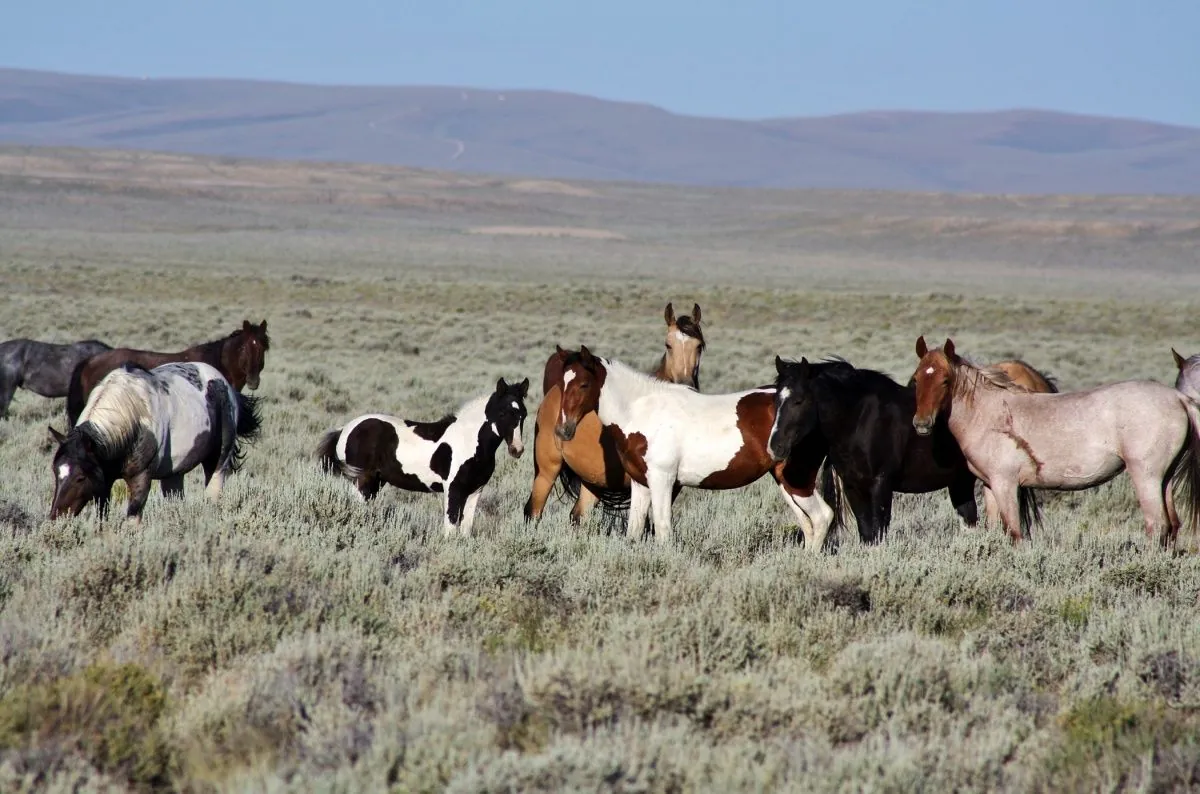Legal Battle Intensifies Over Wyoming's Wild Horse Management
A court decision allowing the removal of thousands of wild horses from Wyoming's public lands faces challenge. Advocates argue for alternative population control methods, while land managers cite resource concerns.

The management of wild horses in Wyoming has become a contentious issue, with a recent court decision sparking a legal battle that could have far-reaching implications for equine populations across the American West. The dispute centers around the Bureau of Land Management's (BLM) plan to significantly reduce wild horse numbers in the Wyoming Checkerboard region.
Bruce Wagman, representing wild horse conservation groups, argues that the BLM's approach violates proper procedures and fails to adequately consider alternatives such as contraception for population control. The case, now headed to the 10th U.S. Circuit Court of Appeals, challenges a lower court ruling that could allow the removal of nearly 5,000 horses from public lands.
The Wyoming Checkerboard, a unique land pattern created in the 1860s, spans 2 million acres of mostly high desert in southwestern Wyoming. This area, divided into alternating public and private parcels, has complicated wild horse management for decades. The horses, known for their ability to run at speeds up to 55 mph and rotate their ears 180 degrees, move freely across these boundaries, oblivious to land ownership.

In 1979, a consent decree allowed approximately 1,500 wild horses to roam across four herd management areas. However, the Rock Springs Grazing Association, which owns or leases much of the private land, revoked this consent in 2010, citing overpopulation concerns. A 2022 infrared census estimated the horse population at 4,313, more than triple the authorized number.
The BLM's new resource management plan aims to reduce the maximum number of horses allowed on Checkerboard land by 60%, from 2,065 to 836. This decision has drawn criticism from horse advocates who argue that it violates the Wild and Free-Roaming Horses and Burros Act of 1971, which protects these animals on federal lands.
"An unfortunate mistake."
Molvar's comment refers to the creation of the Wyoming Checkerboard, highlighting the long-standing challenges in managing this unique landscape.
The case underscores the complex balance between wildlife conservation, land management, and private property rights. Wild horses, with no natural predators in most of their current ranges, can reproduce rapidly, potentially straining local ecosystems. However, advocates argue that the proposed reduction is too drastic, equating to one wild horse for every 2,297 acres of BLM-managed public land in the area.
As the legal battle unfolds, it raises questions about the future of wild horse management across the United States. The BLM, which manages over 245 million acres of public lands, faces the challenge of fulfilling conflicting mandates – preserving wild horse populations while also addressing the concerns of private landowners and other stakeholders.
The outcome of this case could set a precedent for how wild horses are managed on public lands intermixed with private parcels. As the appeal moves forward, both sides continue to debate the best methods for maintaining healthy horse populations while preserving the delicate balance of the Western ecosystem.


































